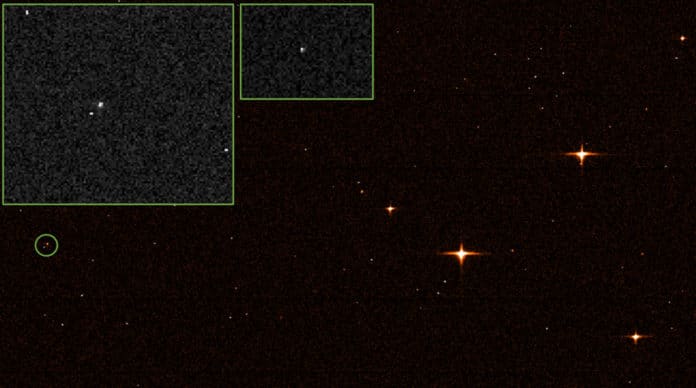On 18 February, ESA’s Gaia observatory snapped NASA/ESA/CSA James Webb Space Telescope. Gaia arrived in orbits around the Lagrange point 2 (L2) in 2014, whereas Webb arrived in the orbits around the Lagrange point 2 (L2) in January 2022.
On 18 February 2022, the two shuttles were 1 million km apart, with an edge-on-view on Gaia’s edge toward Webb’s huge sunshield. As there was very little reflected sunlight came Gaia’s way, Webb appears as a small, faint spec of light in Gaia’s two telescopes, without any description.
Before Webb arrived at L2, experts were aware that this new neighbor of Gaia would occasionally cross Gaia’s fields of view.
Talking about Gaia, it is not designed to capture pictures of celestial objects. It is designed to collect accurate measurements of their positions, motions, distances, and colors. Although, one part, i.e., ‘finder scope’ of Gaia, takes a sort of sky images. This ‘finder scope’ is also known as the sky mapper.
This sky mapper scans a narrow 360-degree strip around the entire celestial sphere every six hours. The successive strips are slightly tilted with respect to each other so that every few months, the entire sky is covered – touching everything that’s there and that’s bright enough to be seen by Gaia.
The sky mapper was originally planned for technical servicing purposes, but it has also found some scientific uses during the mission. Why not use it for a snapshot of Webb?
ESA reported, “The astronomers had to wait a few more days for Juanma Martin-Fleitas, ESA’s Gaia calibration engineer, to identify Webb in the sky mapper images. “I’ve identified our target” was the message sent by him, with the images attached and the two specks labeled as ‘Webb candidates’.”
